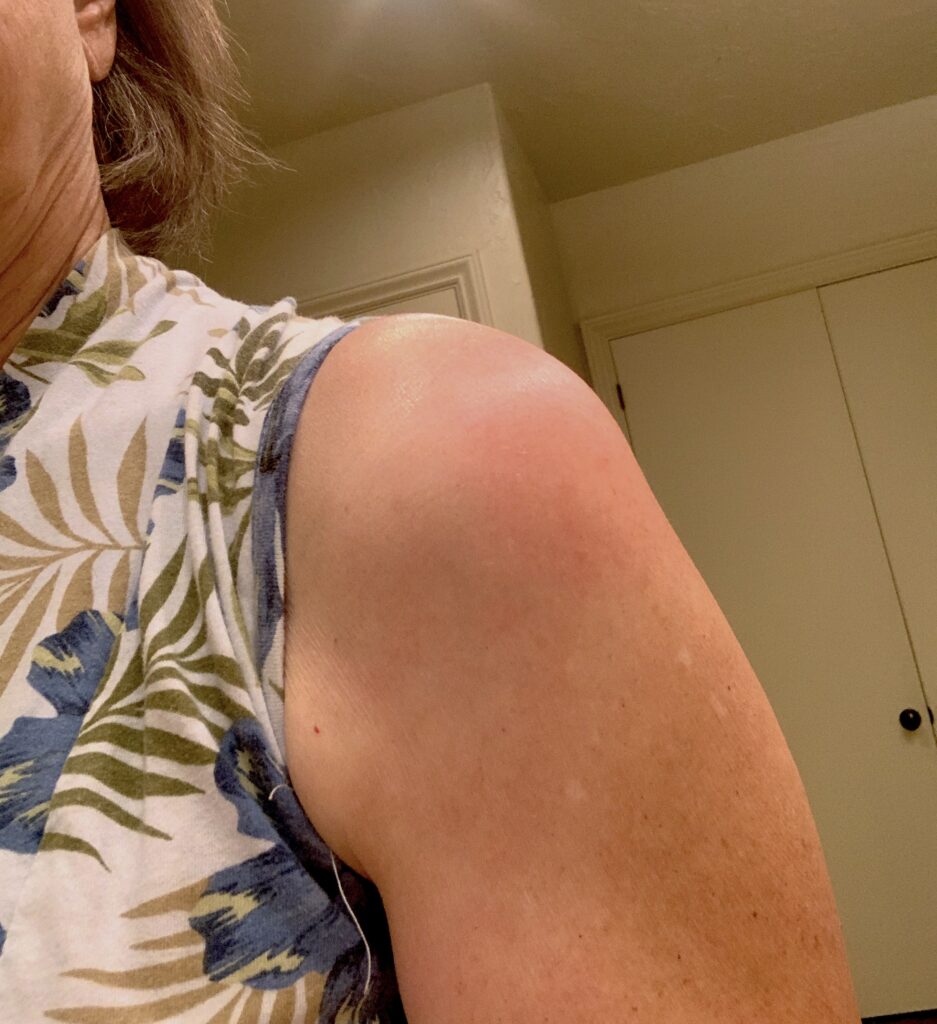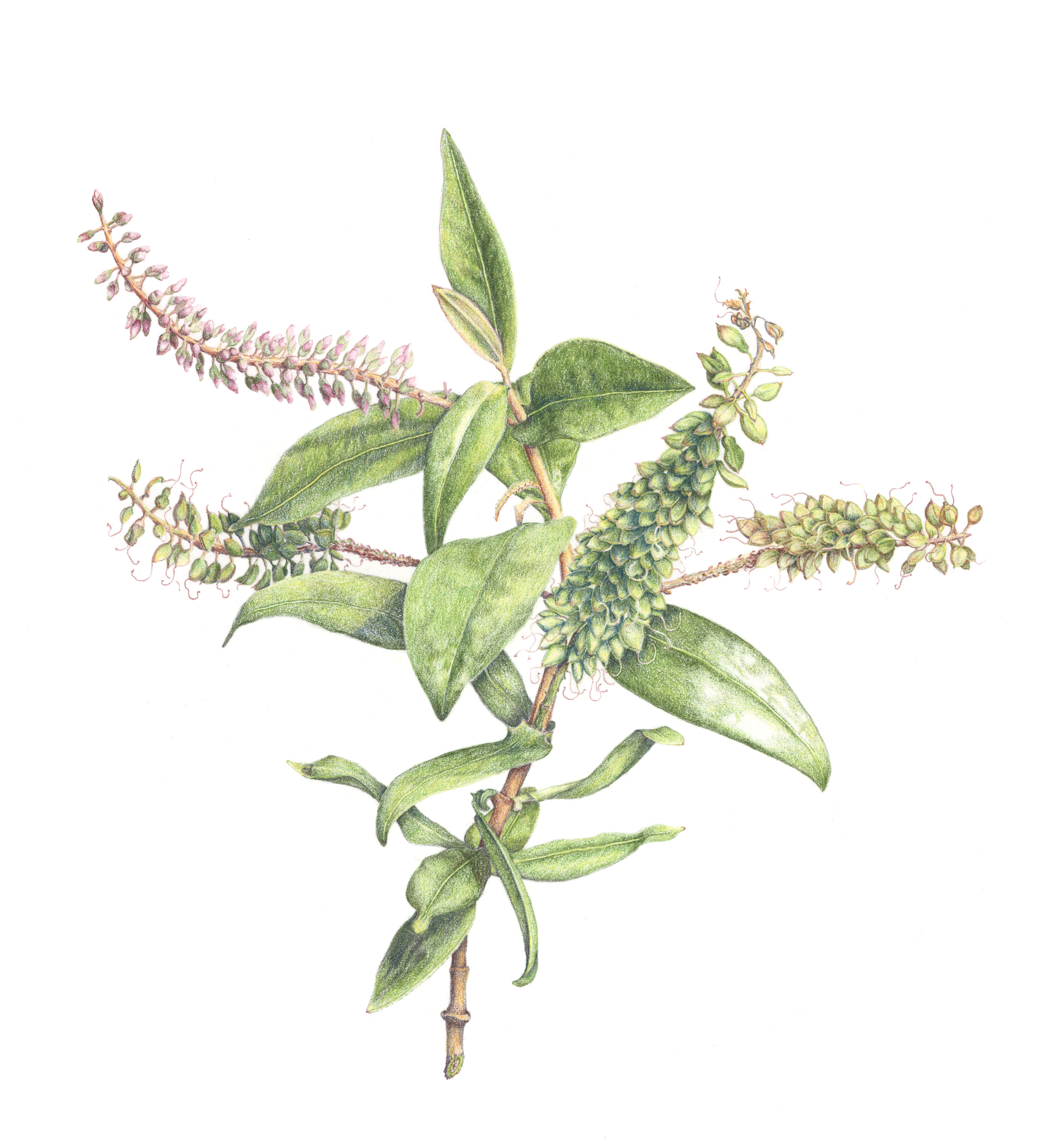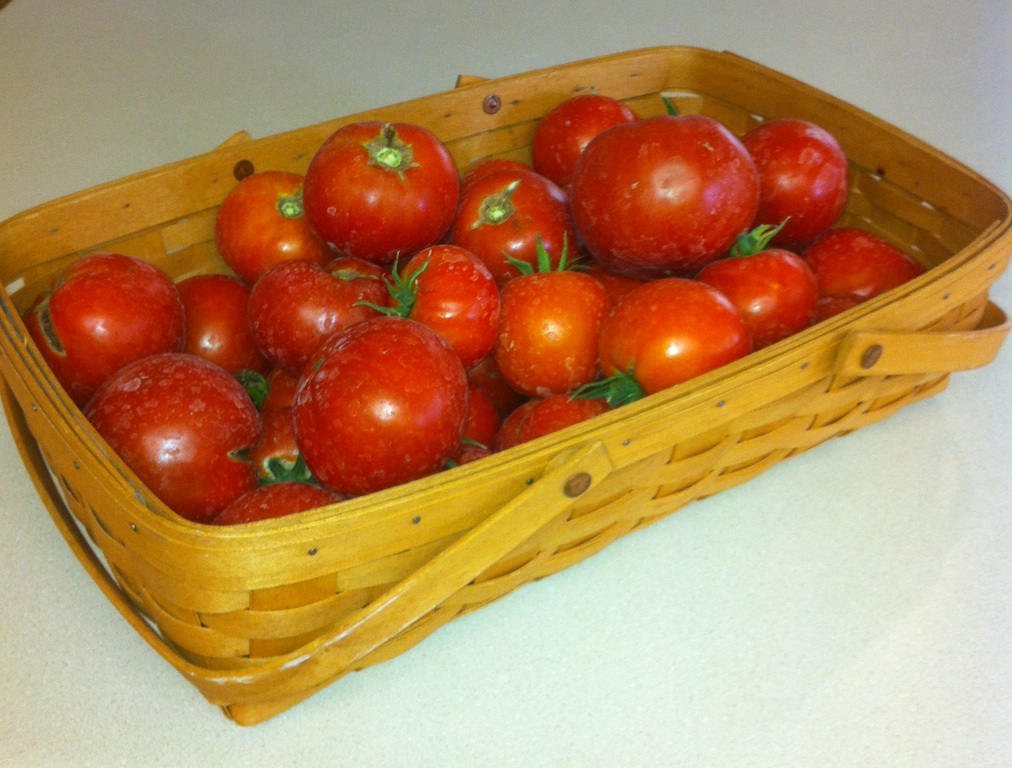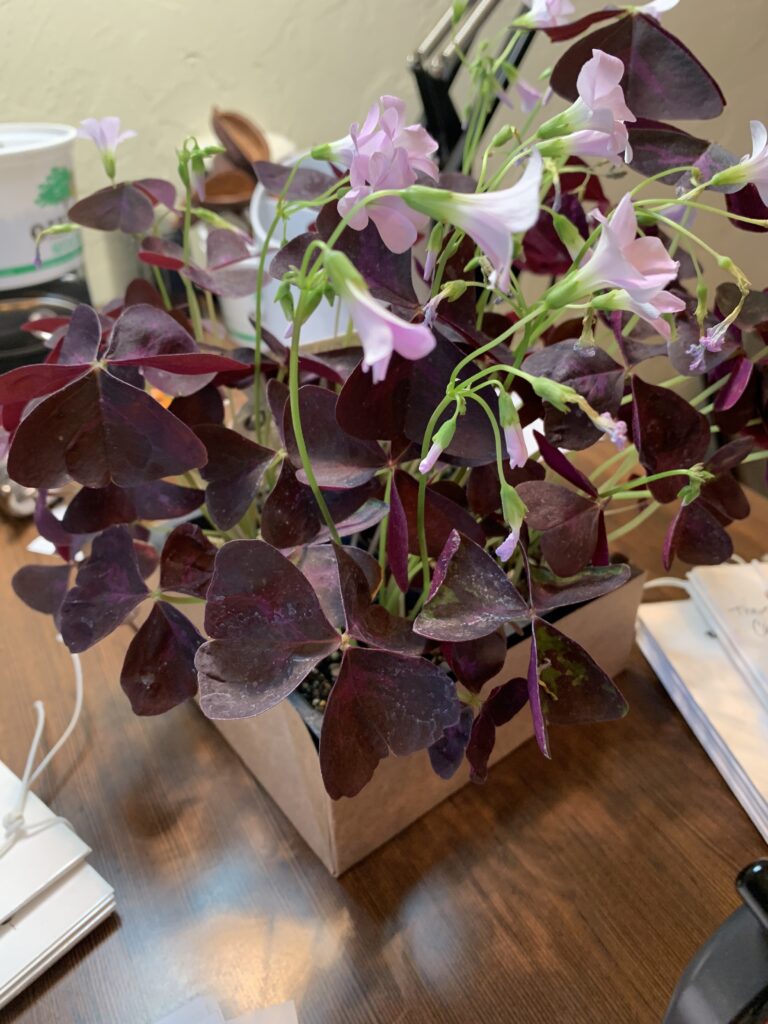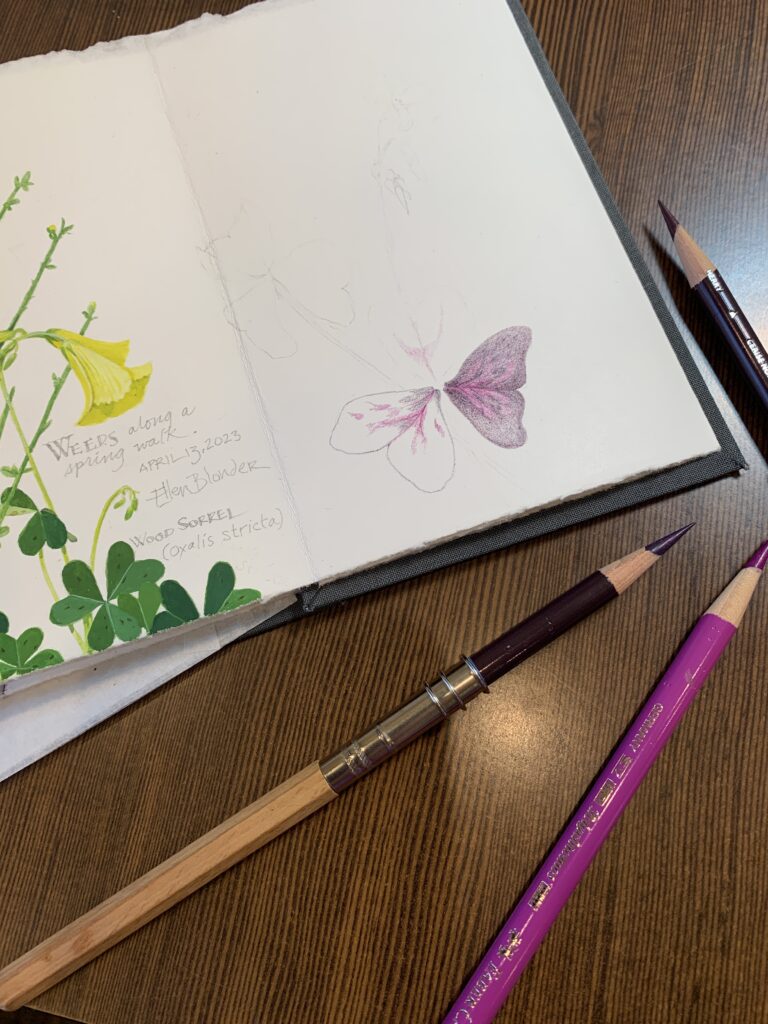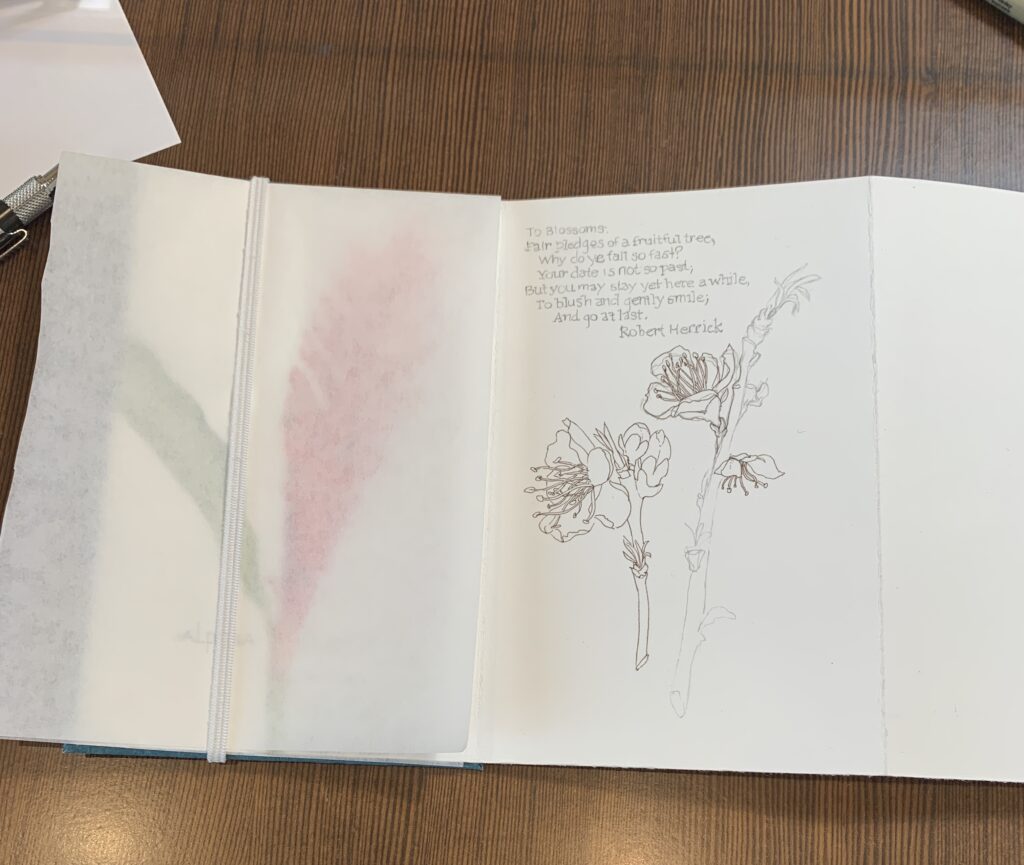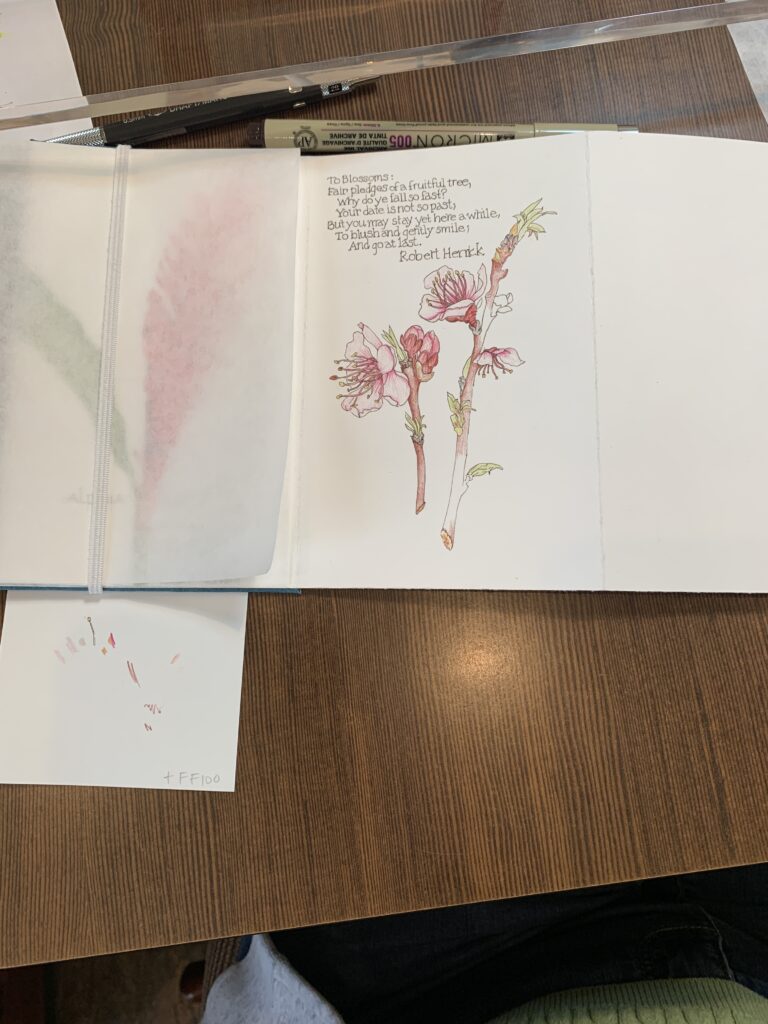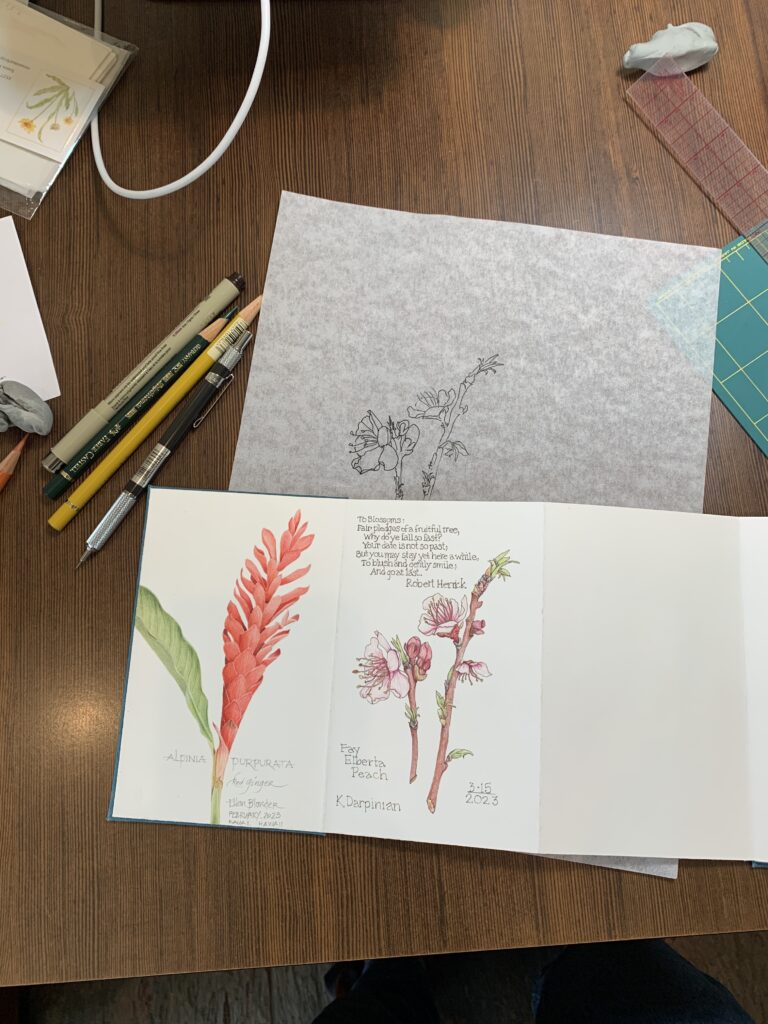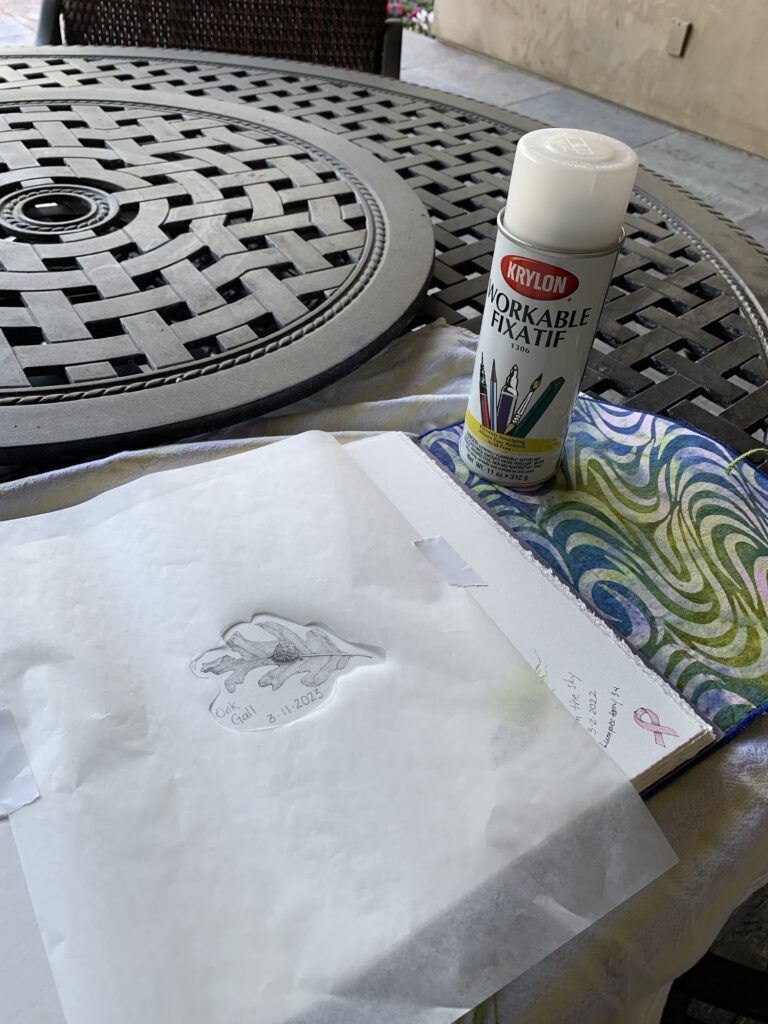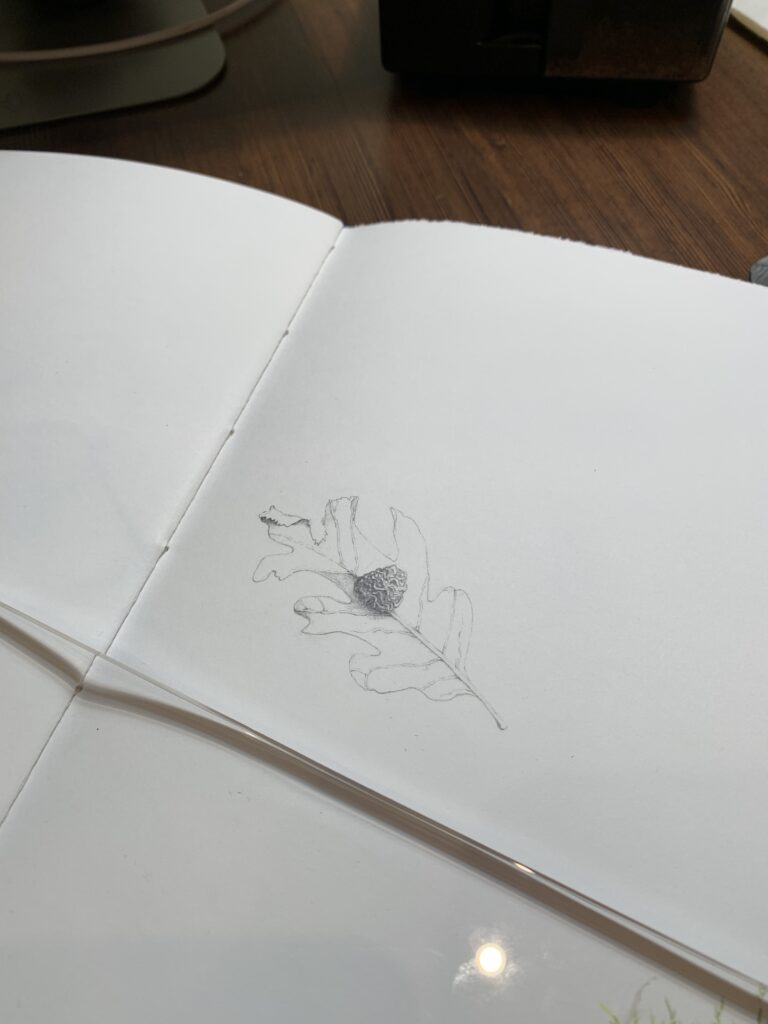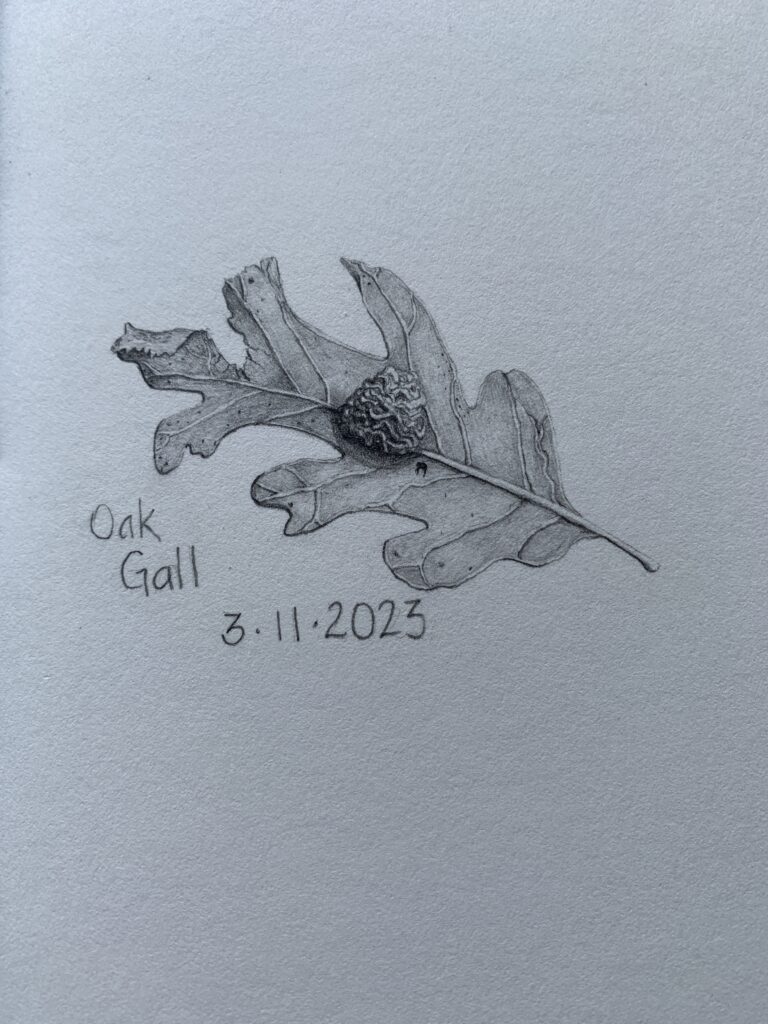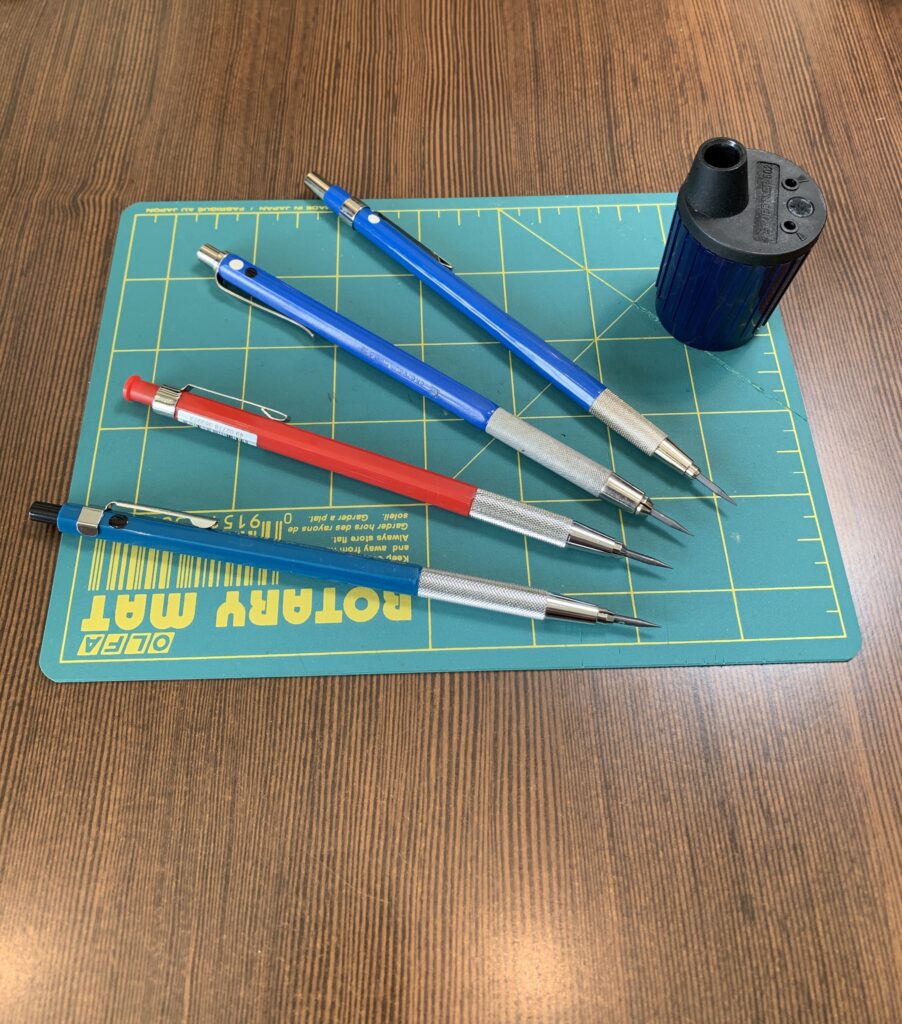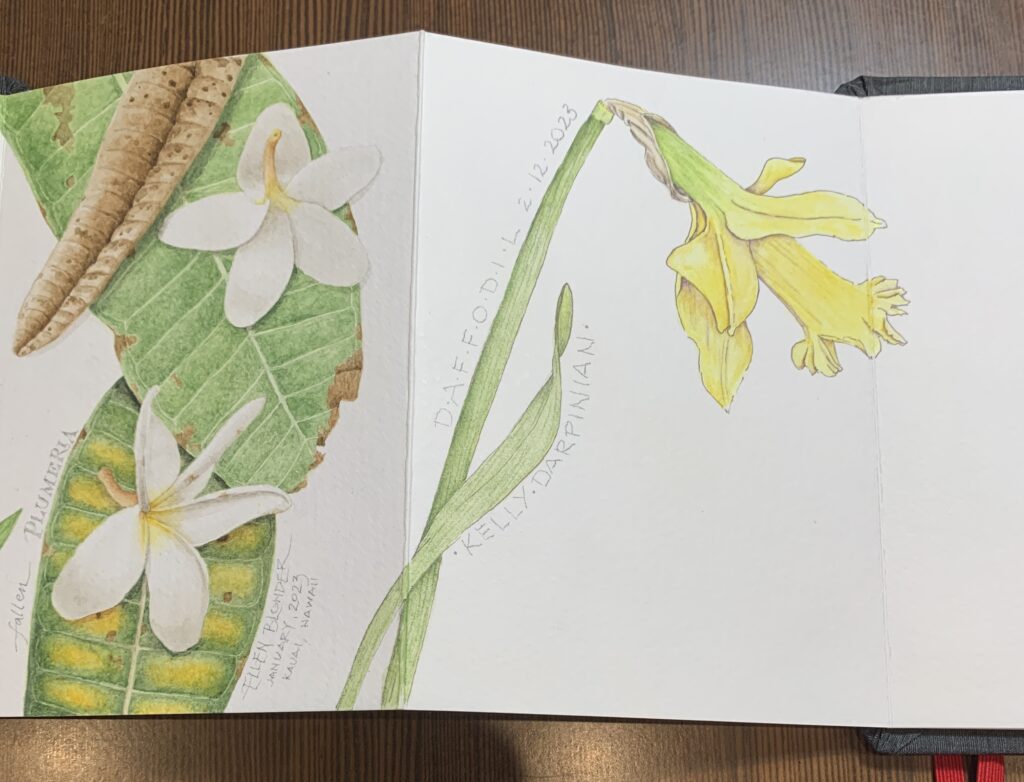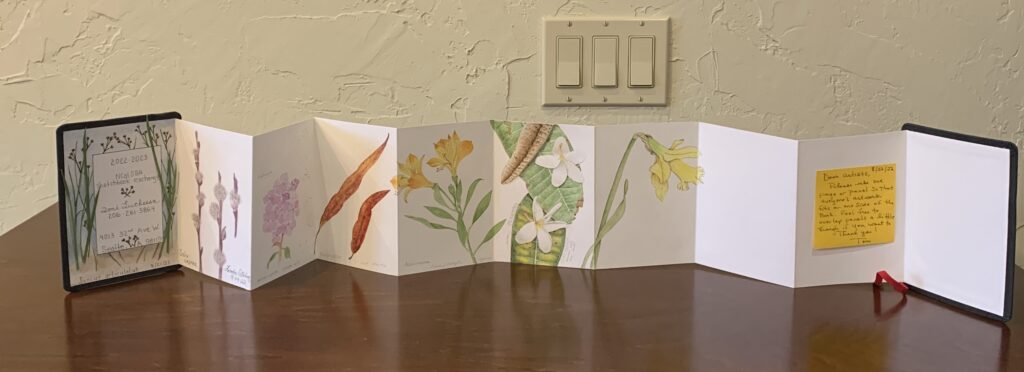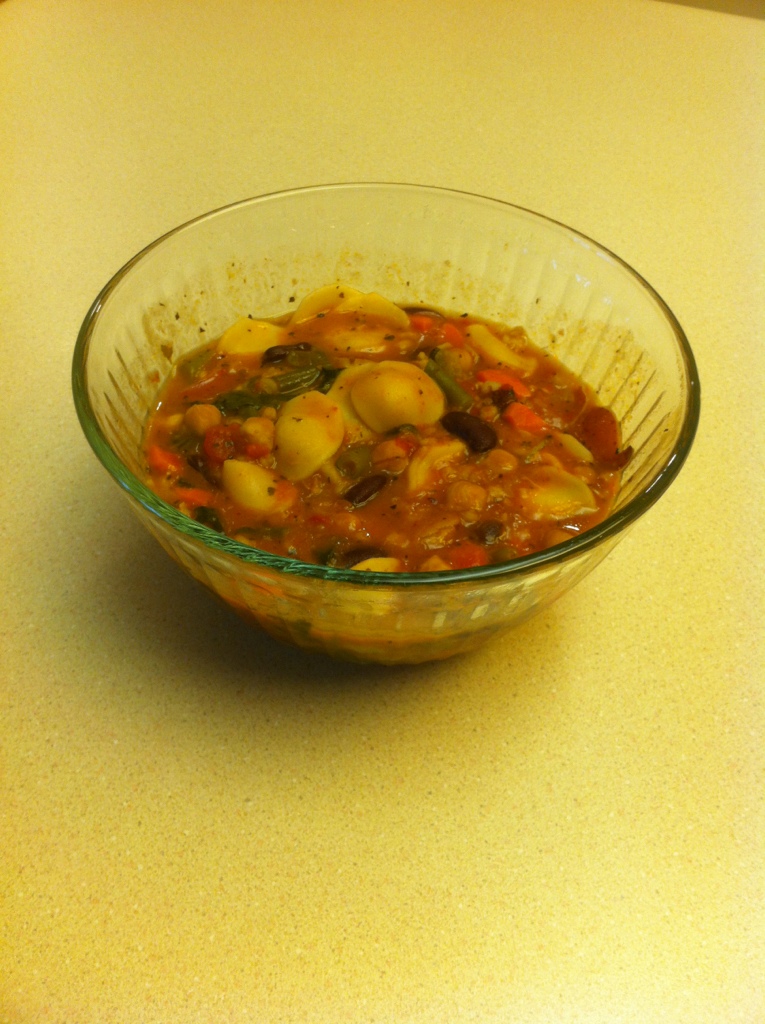
This is my most requested recipe. I have codified it since my previous post and updated it since I had to double everything because you can’t get 8 oz. cans of Garbanzo and Kidney Beans anymore. It makes enough to serve a very large crowd, or to freeze. It freezes pretty well for a soup with potatoes in it, but when you reheat it, you have to make sure to keep stirring it as you reheat it or the tomato base will separate and be unsightly.
Minestrone Soup
Base Ingredients:
1 onion, diced
1/4 c. olive oil
2 c. chopped celery
2-4 cloves garlic, chopped
1 large can S&W ready-cut tomatoes (28 oz. size)
1 can tomato sauce (15 oz. size)
1 can garbanzo beans (15.5 oz. size), undrained
1 can kidney beans(15.25 oz size), undrained
Seasonings:
salt to taste (3-4 tsp.)
dash pepper
6 bay leaves
2 tsp. oregano
1 Tbsp. dried basil
The Secret Ingredient:
1/2 cup barley
Vegetables:
2-3 chopped carrots
8-10 small red potatoes, chopped into 1/2 inch pieces
1 1/2-2 cups green beans, fresh, cut or broken into 1/2 inch pieces or frozen cut green beans
Greens:
1/2 of a head of finely shredded green cabbage, or spinach, or any other green you prefer. I use 2 of the regular 10 oz bags of spinach from the grocery store or an equivalent amount from Costco.
Pasta:
1 1-2 cup noodles of choice I prefer orrechiette or rotini
The Method:
Sautè onion and celery in oil until soft and fragrant. Add tomatoes, tomato sauce and canned beans, seasonings (I know that seems like a lot of salt, but it’s a LOT of soup; definitely adjust to your preference) and 4 quarts water and bring all to a boil. Add barley and return to boil. Cover and simmer for approx. 1 hour. Add chopped fresh vegetables (but not the greens yet!) and return to simmer. Cover and simmer soup until vegetables are thoroughly cooked, another 45 minutes. Keep stirring periodically and adding water as needed during the cooking process. 15-20 mins. before serving soup, stir in spinach or other greens and return to simmer, then stir in raw pasta and cook at a slow boil until noodles are thoroughly done. Stir and check frequently at this point as you may need to add water. Serve when noodles are cooked. You can keep this soup on the back burner for quite a while and it just improves as the flavors meld. This can resemble anything between a thick vegetable stew to a broth-based soup depending on the amount of water used. You will also have to adjust the seasonings depending on the amount of water. Keep in mind that the barley and the noodles will absorb water and salt like mad. As you might guess, it’s even better the second day, reheated.
This is a good recipe to get 10 year-old boys (or vegephobes of any age really…) to eat their vegetables. Especially if you offer it with freshly baked bread. A little freshly grated Parmesan or Romano cheese on top doesn’t go amiss either.
